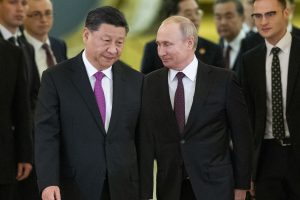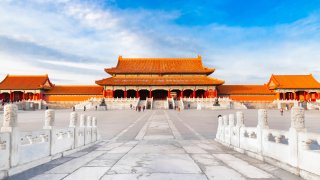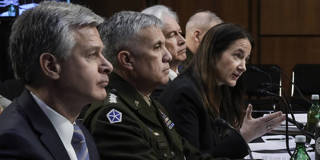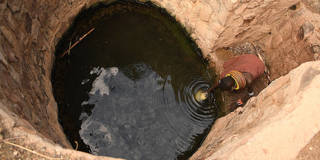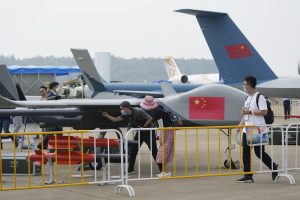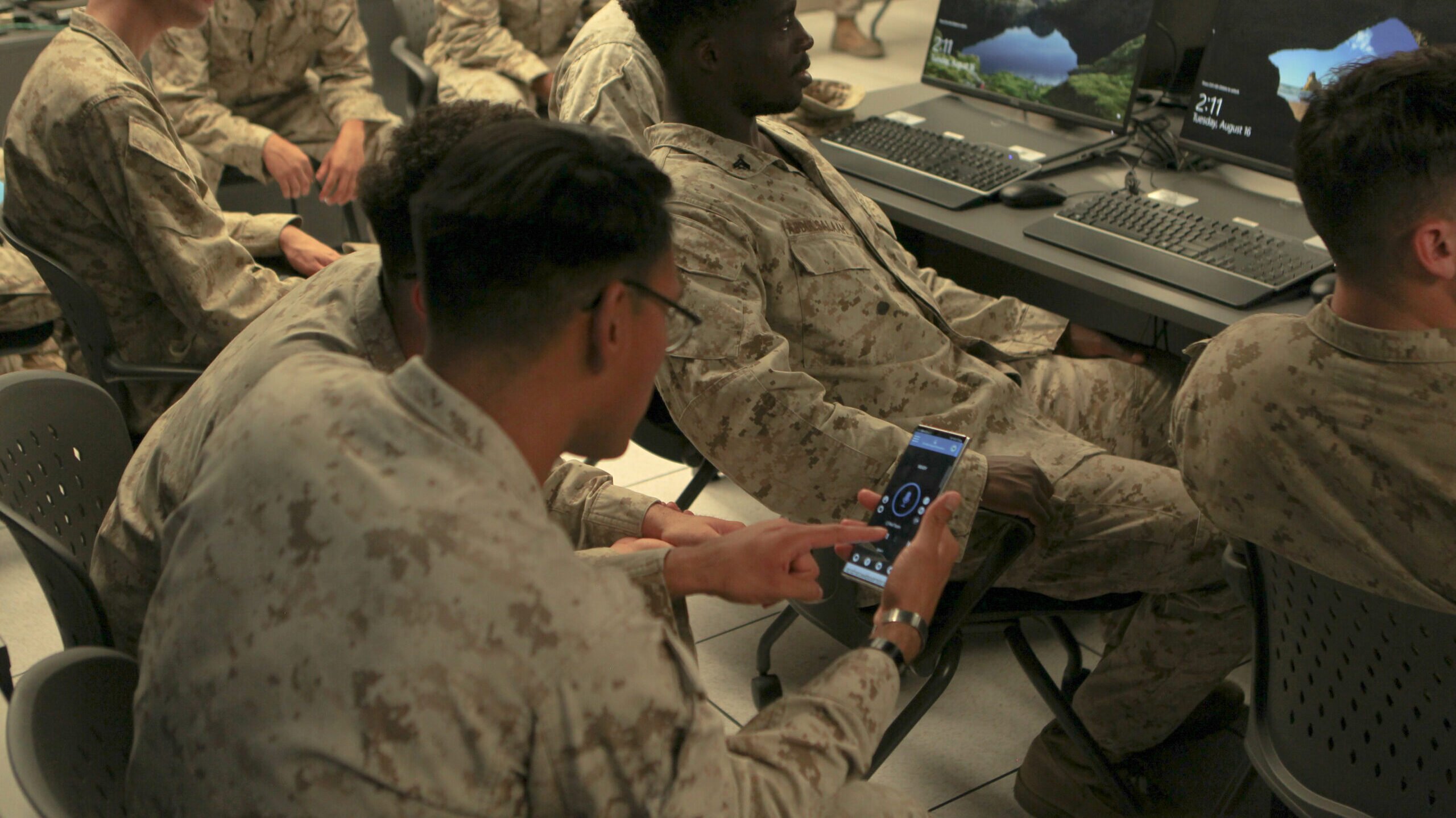Brent Ramsey
We are at war but most Americans are blissfully unaware. Folks are busy living their lives, attending school, work, raising kids, pursuing dreams, or if retired, leisure activities, visiting grandkids, enjoying life. Most are ignorant of the malign designs of the Chinese Communist Party (CCP) of the People’s Republic of China (PRC).
China is ruled by CCP Chairman and President Xi Jinping. His word is law. His goals are anathema to freedom loving people everywhere. The people of China are helpless pawns. They have no rights. Government may lock people in their dwellings for months on end with no reason and no recourse, as they recently did. There is no freedom, no autonomy. Everything, everyone in China is subordinate to the will and whims of the CCP and its absolute ruler, President Xi. I have written extensively on the threat of the CCP here, here, and here. China experts Gordon Chang of Gatestone Institute, Dr. Michael Pillsbury of Heritage, and former Trump National Security Advisor Lt Gen H. R. McMaster have sounded alarms about the PRC. See General McMaster’s recent Congressional testimony. Dr. Pillsbury concludes there is a 70% chance that the PRC will dominate the world. Unfortunately, too little heed is paid to these warnings. We don’t want a world ruled by China.
Decades ago, Congress established the US-China Economic and Security Review Commission. That non-partisan body has been doing yeomen’s work warning the nation of the CCP/PRC threat. Their sobering 2023 Executive Summary is well worth reading. The full report lays out in stark detail the corrupt and evil ways the PRC is using to gain power, influence, and dominance in virtually everything. Experts consider China a peer or near-peer to the United States in both military and economic strength. A 2023 study by Australia Public Policy Institute documents China’s leadership in 37 out of 44 fields. Technology is crucial to economic and military strength. China is a leader in space, Artificial Intelligence, quantum computing, rare earths, manufacturing, college degrees, patents, pharmaceuticals, hypersonic missiles, shipbuilding, batteries, solar panels, manufacturing, port control, and many other fields. Senator Rubio issued a startling report Made in China 2025 on CCP’s plans to dominate in 10 critical sectors by 2025. They are well on their way to this goal.
